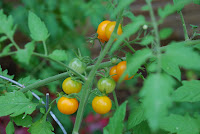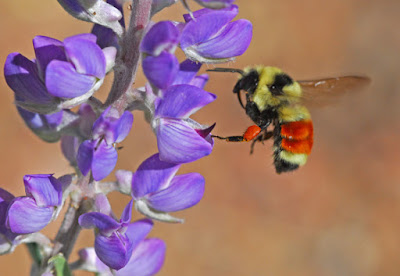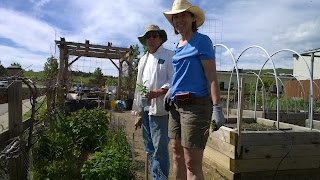

Perhaps, dear gardener, you have a plethora of unripe tomatoes in your garden. I do not. I got perhaps 50 tomatoes from my “Sweet 100s” (thinking of changing its name to “Sweet Tens”), exactly two “roma” tomatoes, and four “early girls”. I have one plant that did not set one single tomato. That is it; failure of great magnitude. If you were more successful than I, here are a few tips on dealing with green tomatoes.
To speed-ripen on the vine try these:
• Stop watering. This encourages ripening.
• Root prune the plant. Dig into the soil 6-8” deep and cut around a circle 12” from the stem. Shake the plant but don’t dig it up. This will stress the plant and the fruit will ripen faster.
• Pinch off any flowers, small fruit, new shoots, and suckers. It’s too late for them to become anything. Do this now and all the plants energy will go toward ripening.
When frost is expected, try these:
• Cover the plant completely and anchor so the wind doesn’t blow it off. Use old blankets, thick plastic, or anything similar and make sure it goes all the way to the ground providing the plant with trapped warmth.
• Harvest the tomatoes by pulling the plant from the ground and hanging it upside down in a garage or other shelter. Check often for ripe ones.
• Pick the pink ones and put them on the counter to ripen





















































